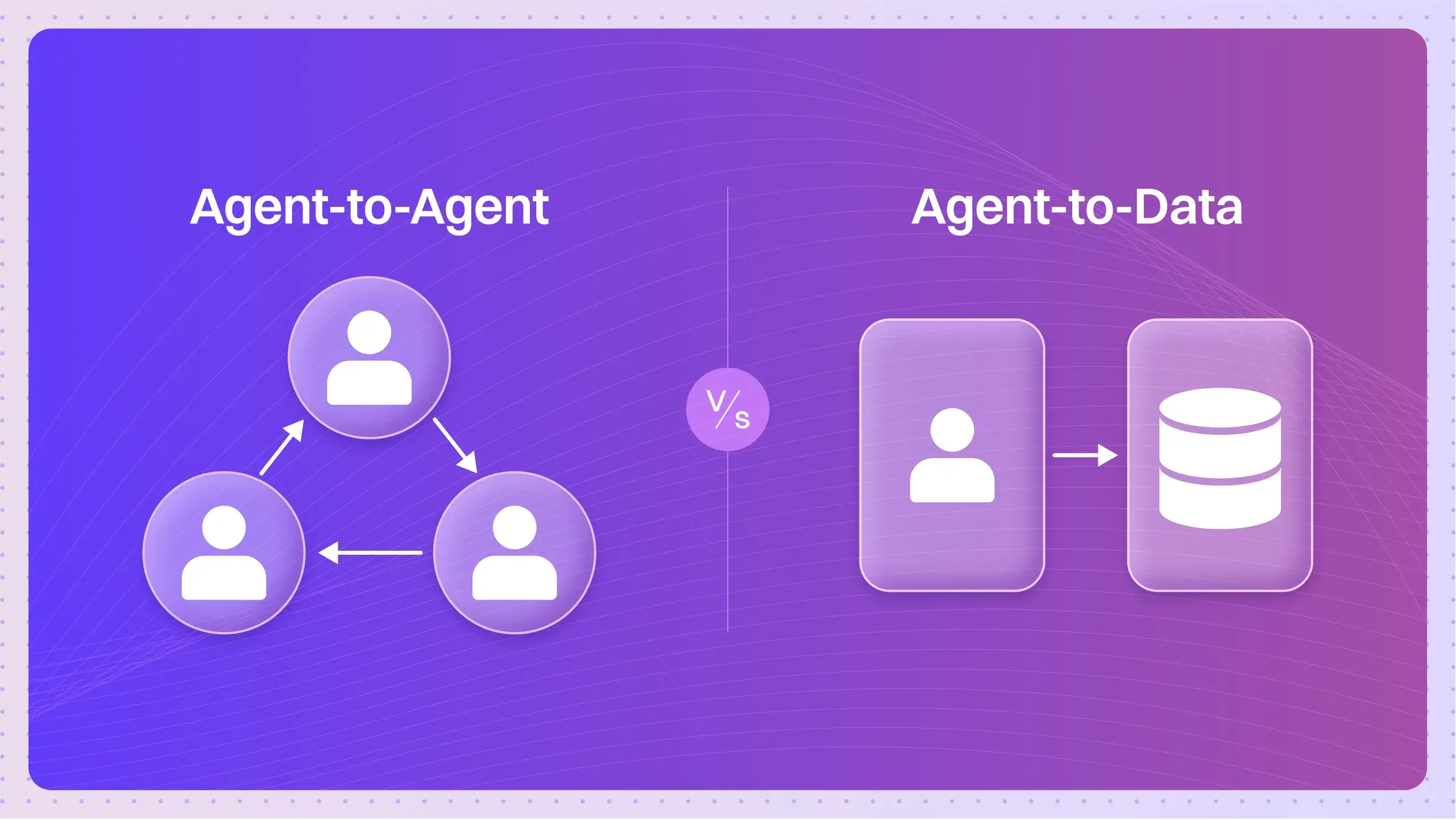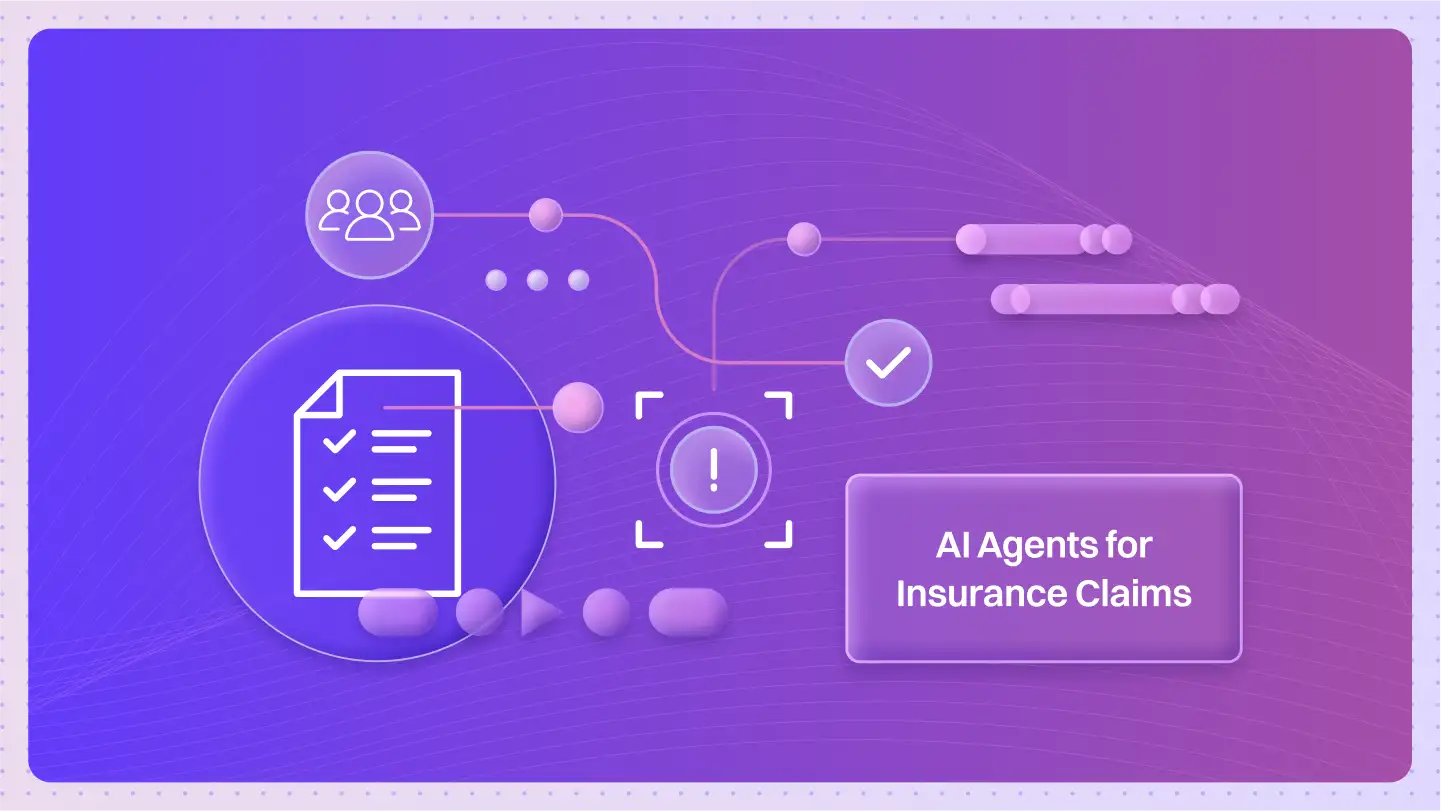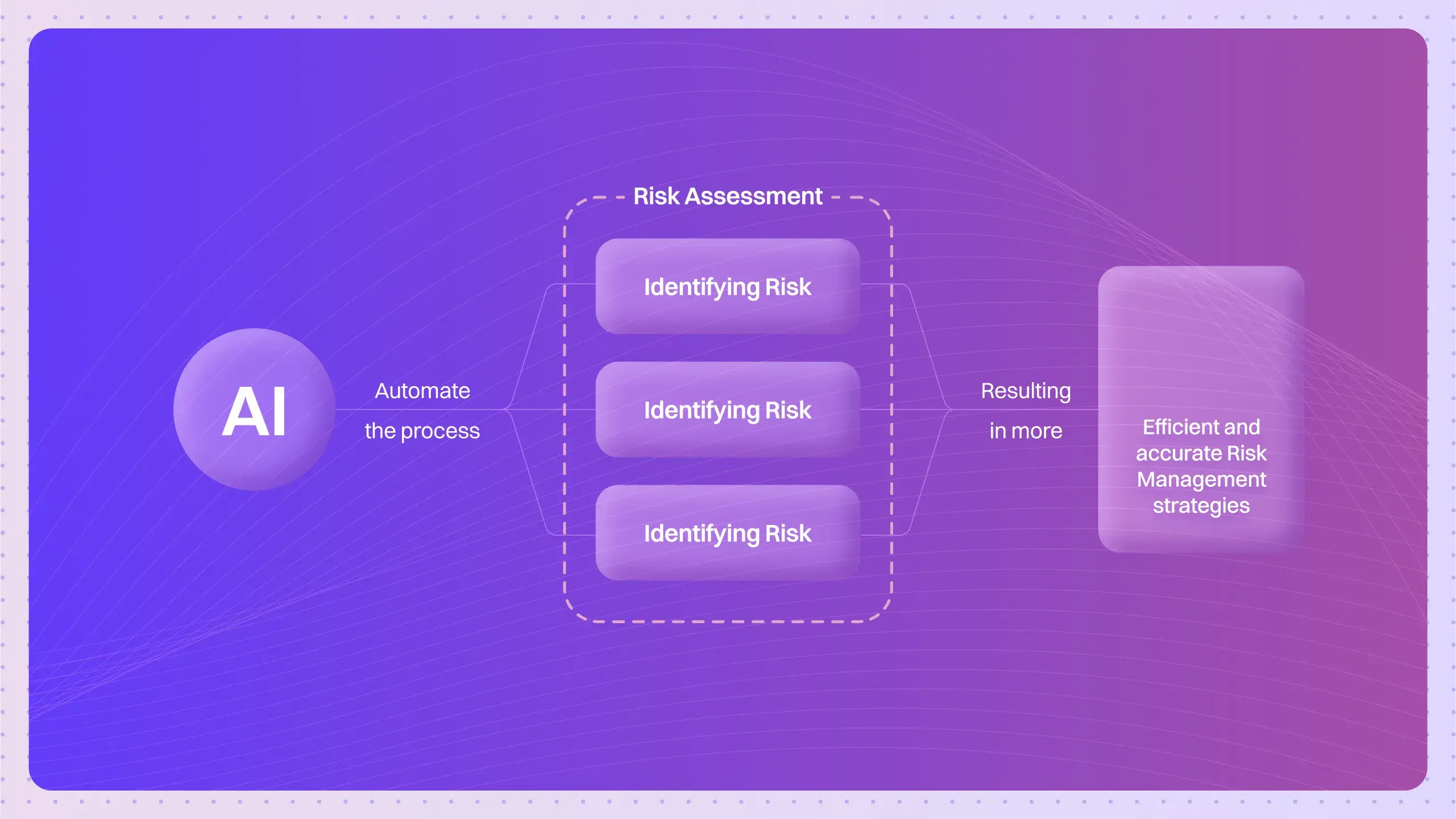What is Contextual Bandits?
Contextual Bandits are adaptive algorithms that optimize learning by making decisions based on the context of a situation. They enhance decision-making by considering various factors, allowing for more personalized and effective outcomes. These models are particularly beneficial in scenarios where context-aware decisions are crucial, as they help balance exploration and exploitation to improve overall performance.
How does the Contextual Bandits concept operate or function?
Contextual Bandits are a powerful framework in machine learning that optimize decision-making by balancing exploration and exploitation in uncertain environments. This approach is particularly beneficial in scenarios where decisions need to be made based on context, enhancing the efficiency of learning algorithms.
Here’s how contextual bandits operate:
- Adaptive Algorithms: They use adaptive algorithms that learn from past actions and their outcomes to make better future decisions.
- Context Awareness: By incorporating contextual information, these models can tailor their actions based on the specific situation, leading to more relevant and effective outcomes.
- Exploration vs. Exploitation: They balance the need to explore new options (exploration) with the need to make the best-known choice (exploitation), optimizing the learning process.
- Reward Feedback: The model receives feedback in the form of rewards, which helps refine its strategies over time.
- Decision-Making Efficiency: Contextual Bandits enhance decision-making efficiency by leveraging data-driven insights, particularly useful in recommendation systems and online advertising.
In summary, Contextual Bandits represent a sophisticated method of learning that dynamically adjusts to varying contexts, making them a cornerstone of modern AI applications.
Common uses and applications of Contextual Bandits?
Contextual Bandits are a powerful approach for optimizing decision-making processes in various fields. They enable systems to learn from interactions and adapt to user behaviors in real-time. Here are some main applications of Contextual Bandits in real-world scenarios:
- Personalized Recommendations: Contextual Bandits are widely used in e-commerce to tailor product suggestions based on user preferences and past interactions.
- Online Advertising: Advertisers utilize bandit algorithms to optimize ad placements, ensuring users see the most relevant ads, increasing click-through rates.
- Dynamic Pricing: Businesses implement contextual learning to adjust pricing strategies based on customer behavior and market conditions.
- Healthcare Decision Support: Contextual Bandits assist in providing personalized treatment recommendations by learning from patient data and outcomes.
- Content Personalization: Streaming services use bandit models to deliver personalized content, enhancing user engagement and satisfaction.
What are the advantages of Contextual Bandits?
Contextual Bandits are a powerful tool in machine learning that enhance decision-making in uncertain environments. Here are some key benefits:
- Adaptive Learning: They optimize learning by adapting to the context of each situation, ensuring better outcomes.
- Improved Decision-Making: Contextual Bandits provide context-aware solutions, leading to more informed and effective decisions.
- Efficient Resource Allocation: They help allocate resources more efficiently by focusing on the most promising actions.
- Increased User Engagement: By personalizing experiences, Contextual Bandits can significantly boost user engagement and satisfaction.
- Robust Performance: They maintain strong performance even in dynamic environments where conditions can change rapidly.
Implementing Contextual Bandits can significantly enhance various applications, from online advertising to recommendation systems, making them an invaluable asset in the field of AI and machine learning.
Are there any drawbacks or limitations associated with Contextual Bandits?
While Contextual Bandits offer many benefits, they also have limitations such as the need for sufficient data to make accurate predictions, potential computational complexity, and challenges in dealing with non-stationary environments. These challenges can impact the model’s ability to adapt quickly to changing conditions, which may lead to suboptimal decision-making.
Can you provide real-life examples of Contextual Bandits in action?
For example, Contextual Bandits are used by online retailers to personalize product recommendations based on user behavior and preferences. This demonstrates how adaptive algorithms can optimize user engagement and increase conversion rates by tailoring the shopping experience to individual customers.
How does Contextual Bandits compare to similar concepts or technologies?
Compared to traditional A/B testing, Contextual Bandits differs in its ability to learn and adapt in real-time. While A/B testing focuses on fixed experiments, Contextual Bandits continuously update their strategies based on user interactions, making them more suitable for dynamic environments where user preferences change frequently.
What are the expected future trends for Contextual Bandits?
In the future, Contextual Bandits are expected to evolve by incorporating more advanced machine learning techniques, such as deep learning and reinforcement learning. These changes could lead to improved accuracy in decision-making and broader applications across various industries, including healthcare, finance, and online content delivery.
What are the best practices for using Contextual Bandits effectively?
To use Contextual Bandits effectively, it is recommended to:
- Define clear objectives for the decision-making process.
- Gather high-quality contextual data to inform the model.
- Continuously monitor and evaluate model performance.
- Iterate on the model based on feedback and changing conditions.
Following these guidelines ensures that the model remains relevant and delivers accurate recommendations.
Are there detailed case studies demonstrating the successful implementation of Contextual Bandits?
A notable case study involves a streaming service that implemented Contextual Bandits for content recommendations. By utilizing adaptive algorithms, the service achieved a 25% increase in user engagement and a 15% improvement in content viewership. This case study highlights the significant benefits of using Contextual Bandits to tailor user experiences based on their preferences.
What related terms are important to understand along with Contextual Bandits?
Related Terms: Related terms include Reinforcement Learning and Multi-Armed Bandits, which are crucial for understanding Contextual Bandits because they provide foundational concepts in adaptive learning and decision-making strategies. Reinforcement Learning focuses on learning from interactions, while Multi-Armed Bandits introduce the exploration-exploitation trade-off.
What are the step-by-step instructions for implementing Contextual Bandits?
To implement Contextual Bandits, follow these steps:
- Identify the problem and define the context variables.
- Collect relevant data for training the model.
- Choose an appropriate algorithm for the Contextual Bandit approach.
- Train the model on historical data.
- Deploy the model in a real-time environment.
- Monitor performance and iterate based on results.
These steps ensure a structured approach to implementing Contextual Bandits in decision-making processes.
Frequently Asked Questions
Q: What are contextual bandits?
A: Contextual bandits are a type of machine learning model that helps make decisions based on the context of the situation.
1: They learn from past experiences,
2: They adapt to new information over time.
Q: How do contextual bandits optimize learning?
A: Contextual bandits use adaptive algorithms to improve decision-making.
1: They analyze context and outcomes,
2: They adjust their strategies based on what works best.
Q: What are the benefits of using bandit models?
A: Bandit models are useful for context-aware decision-making.
1: They allow for personalized recommendations,
2: They can improve user engagement by adapting to preferences.
Q: What key techniques are used in contextual learning?
A: Effective contextual learning employs various techniques.
1: Exploration vs. exploitation strategies,
2: Contextual feature representation.
Q: Who can benefit from using contextual bandits?
A: Data scientists, AI researchers, and machine learning engineers can benefit from contextual bandits.
1: They can implement these models in various applications,
2: They can improve the performance of predictive analytics.
Q: In what scenarios are contextual bandits most effective?
A: Contextual bandits are effective in scenarios involving dynamic environments.
1: Online advertising,
2: Personalized content delivery.
Q: What challenges might one face when implementing contextual bandits?
A: Implementing contextual bandits can come with challenges.
1: Balancing exploration and exploitation can be tricky,
2: Ensuring the quality of contextual features is crucial.







